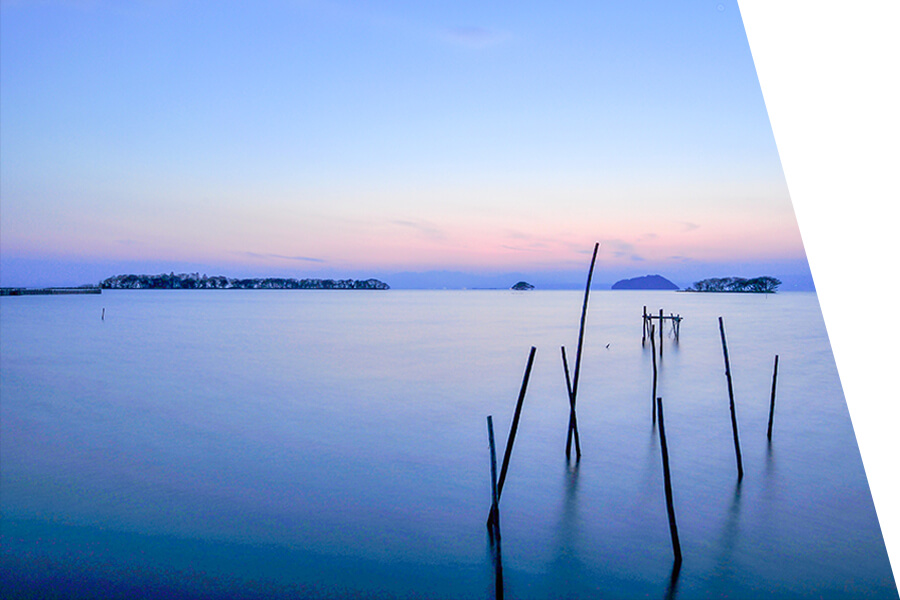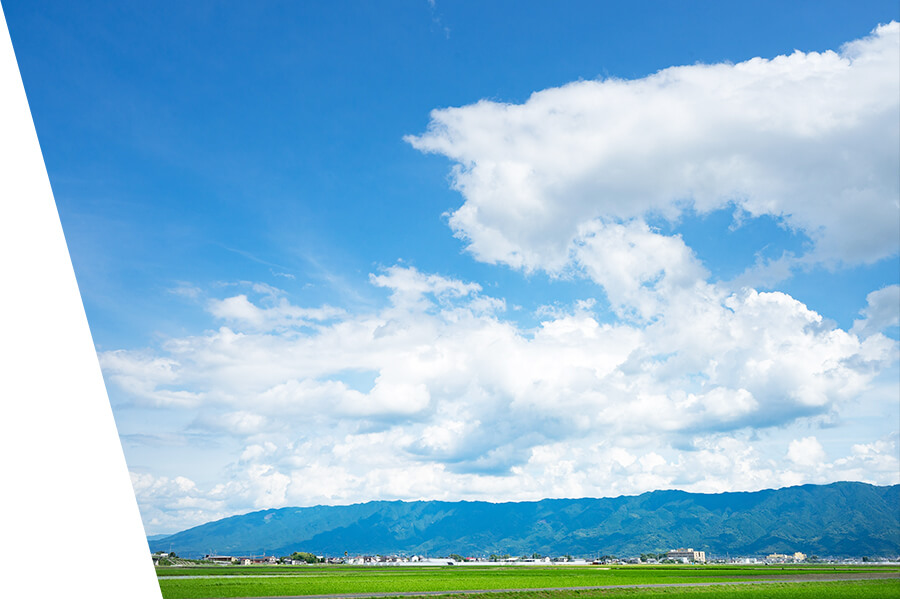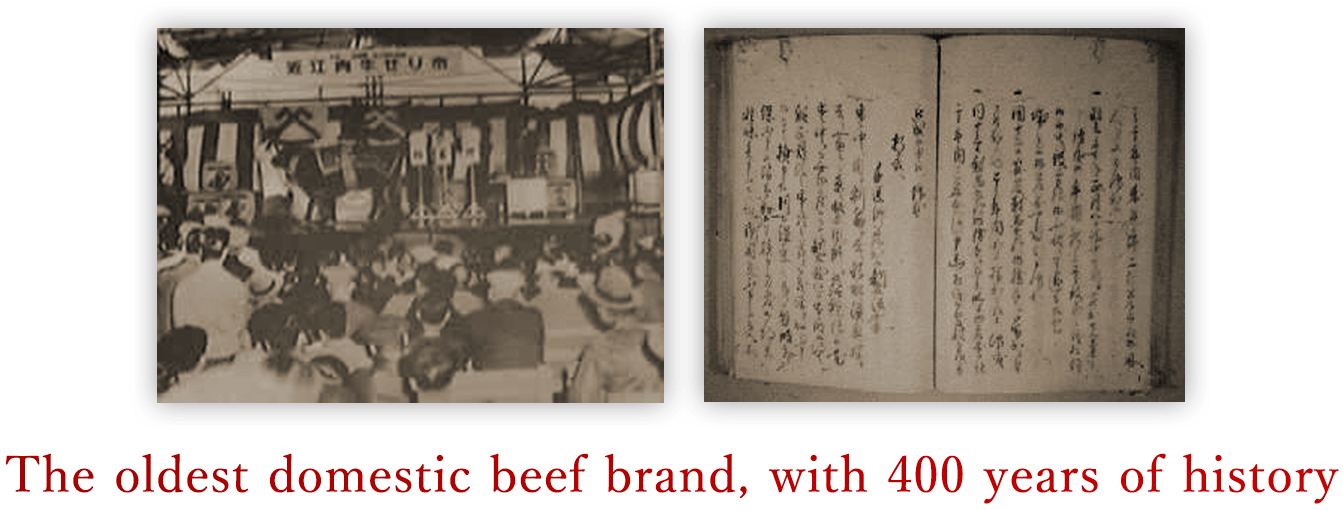The Attractions of Omi Beef近江牛の魅力

-
The climate in Shiga enhances the flavor
The reason for the deliciousness of Omi Beef resides in Japan’s largest lake, Lake Biwa.
The mountain streams (more than 400) feeding into Lake Biwa have long supported farming and the raising of livestock. The area is known for its fertile soil, and Omi rice is beloved by foodies. The water helps make the sake brewed in Omi so distinct and delicious.
The climate is not too hot in summer nor too cold in winter. The quality of the grass and water bring about the rich flavor of the beef raised here.
Omi Beef can be said to be the perfect expression of scenic Shiga’s climate. The area is known among the three biggest Wagyu areas as having the longest history and tradition and the correspondingly best quality.
Omi Beef has a low melting temperature for fat that creates a melt-in-your-mouth deliciousness full of umami that lingers on your taste buds. People of all generations and nationalities have long supported the fine quality, light, soft texture, and the rich aroma of our beef.

-
The high standards of small producers
Just about 6,000 heads of Omi Beef cattle are shipped annually, and there are about 75 producers in the prefecture. Including these producers, people involved in processing and distribution put lots of high technology, time, and effort into processing each cow. We take our time with the beef before delivering it to your dining table.
The area where the cattle is raised is blessed with clear water and bountiful grass. The environmentally blessed area has the second highest rice-paddy rate in the country, and cows can feast on a generous amount of Omi rice straw. The cow dung reduces the need for fertilizer and allows for recycling-type livestock farming.
Omi Beef are raised across a large section of land centered in eastern Shiga. One belt of that land is full of farmers and people growing Omi rice. Since long ago, livestock has helped the farmers here.
To raise healthy livestock, the land yields abundant rice straw for the cows and natural climactic conditions. The excellent environment allows the cattle to live healthy, stress-free lives. Also, careful attention is paid to hygiene management so that the Omi Beef can be distributed in a secure, safe, and stable manner.

Omi Beef was delivered along the Nakasendo to Edo (Tokyo’s original name) during the Genroku Era (1688-1704). It was considered a high-end Wagyu product and was served to the shogun’s family. It was praised for its health benefits by Tokugawa’s family. From the Meiji Era (1868) to today, it has been the wagyu of choice for the Imperial Family and is Japan’s oldest brand of beef.
During the Edo Era (1603-1868), it was thought of as a curative medicine (Henpongan) and was dedicated for the Shogun’s families and the three branches of the Tokugawa clan.
Through the ages, it remained the food of the shoguns. The beef was thought to prolong life. The livestock were raised with attentiveness and compassion in a blessed environment with good feed. The passion and wisdom shown for raising livestock eventually led to their increasingly delicious taste.
Of the three most famous brands of beef in Japan, Matsuzaka Beef came to market in the Taisho Era (1912-1926); Kobe Beef started around the end of the Edo Era (1859) and targeted foreigners through the opening of the Port of Yokohama; and Omi Beef is by far the oldest.
The Kuroge Wagyu (Black Wagyu Beef), which has been raised the longest in Shiga Prefecture, is licensed through the Patent Office as a regional brand, and was given a local trademark on May 11, 2007 (trademark registration No. 5044958).




